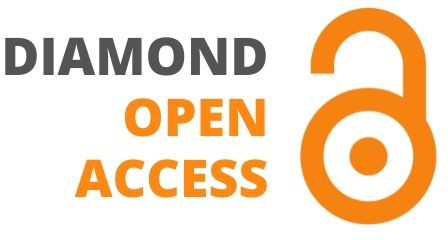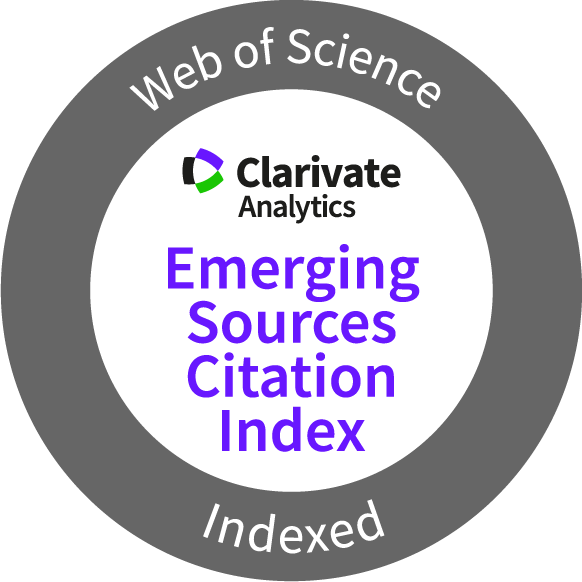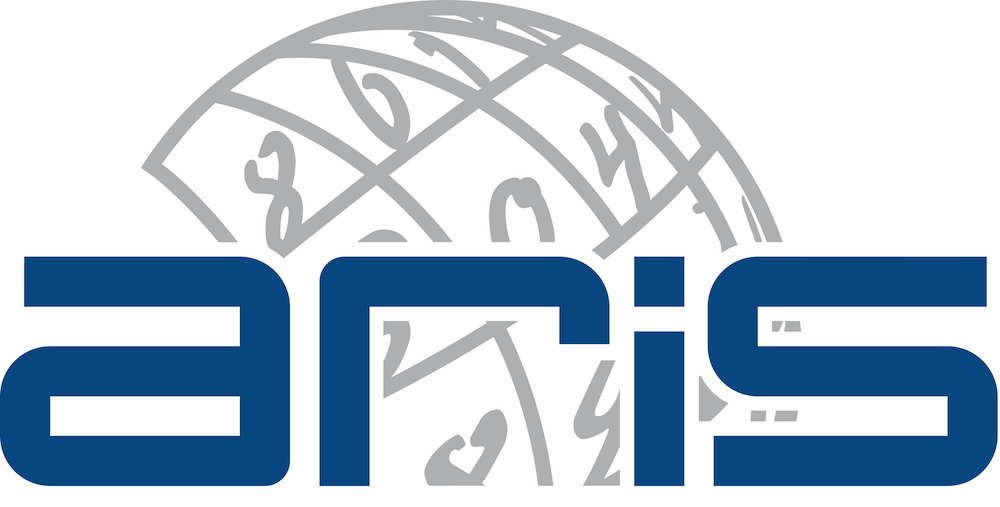Journal of Information Technology in Construction
ITcon Vol. 30, pg. 1637-1658, http://www.itcon.org/2025/67
Infrastructure management via BIM model: integration of structural health monitoring and ANN-based damage assessment
| DOI: | 10.36680/j.itcon.2025.067 | |
| submitted: | May 2025 | |
| revised: | September 2025 | |
| published: | October 2025 | |
| editor(s): | Kumar B | |
| authors: | José Guilherme Porto Oliveira, D.Sc., Researcher (corresponding author)
Department of Civil and Environmental Engineering, PUC-Rio ORCID: https://orcid.org/0000-0002-8571-7216 joseguilhermeporto@gmail.com Elisa Dominguez Sotelino, Ph.D., Professor Department of Civil and Environmental Engineering, PUC-Rio ORCID: https://orcid.org/0000-0002-2863-7498 sotelino@puc-rio.br | |
| summary: | Bridges and viaducts are critical infrastructure assets, yet their maintenance remains a challenge due to aging, increased traffic loads, and insufficient documentation. While Structural Health Monitoring (SHM) and Building Information Modelling (BIM) have independently advanced viaduct management, their integration is still underexplored. This study proposes a novel framework integrating SHM, BIM, and Artificial Neural Networks (ANNs) for comprehensive viaduct management. Field tests, including ambient vibration analysis, were conducted to capture the Rio Claro Viaduct’s dynamic behaviour. This information was used for the calibration of a finite element model. Simulated damage scenarios were created to train ANNs that use modal curvature damage indices for damage detection and severity assessment. The integration of these components into an enriched BIM model centralizes data for efficient visualization and decision-making. The framework demonstrated high accuracy, with ANNs achieving an average precision of 85% in damage classification and an R² of 0.96 in severity prediction. Validation using a decade-separated dataset confirmed the framework’s robustness, showing negligible structural deterioration over time. It is intended to provide an intuitive user interface so that asset managers can make data-driven decisions, overcoming the limitations of traditional visual inspections. This research attempts to bridge the gap between BIM and SHM applications by offering a replicable, efficient solution for infrastructure management. | |
| keywords: | structural health monitoring, building information modelling, artificial neural networks, damage assessment, infrastructure maintenance | |
| full text: | (PDF file, 2.052 MB) | |
| citation: | Porto Oliveira J G, Dominguez Sotelino E (2025). Infrastructure management via BIM model: integration of structural health monitoring and ANN-based damage assessment, ITcon Vol. 30, pg. 1637-1658, https://doi.org/10.36680/j.itcon.2025.067 | |
| statistics: |





